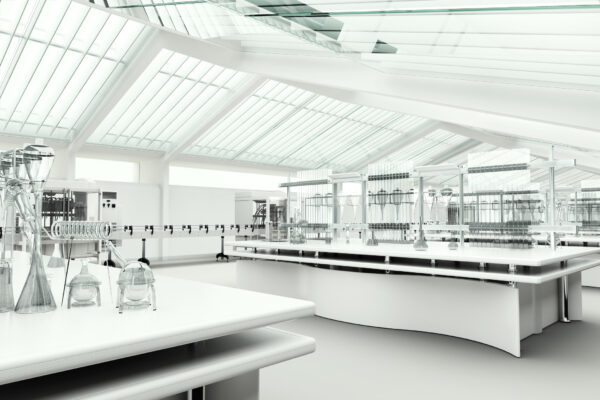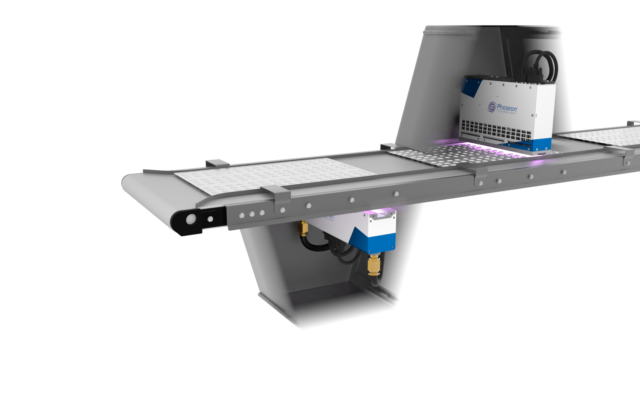Transforming Sanitation Standards: The Role of UV Surface Disinfection in Health And Wellness
Introducing the Advantages of UV Sanitation: Ensuring Disinfected and clean Spaces
In the age of increased understanding surrounding hygiene and cleanliness, the importance of reliable disinfection methods can not be overemphasized. While traditional cleansing approaches have actually long been trusted, innovations in innovation have actually presented a cutting-edge solution that ensures clean and disinfected rooms: UV disinfection. By utilizing the power of ultraviolet light, this approach has acquired recognition for its capability to get rid of dangerous virus and give an extensive sanitization procedure. The benefits of UV disinfection extend much past its effectiveness. This conversation will certainly explore the science behind UV sanitation, its effectiveness on various virus, its applications in various settings, and the benefits it holds over standard approaches. Furthermore, we will certainly explore the security considerations that need to be thought about when carrying out UV sanitation. Prepare to reveal a new dimension of cleanliness and find the untapped capacity of UV disinfection.

The Science Behind UV Disinfection
UV disinfection is a medically tested approach that makes use of ultraviolet light to remove damaging microbes from surfaces and water. The science behind UV sanitation depends on the capability of UV-C light to harm the DNA and RNA of microbes, rendering them not able to replicate and triggering their eventual death. UV-C light falls within the wavelength series of 200 to 280 nanometers, which is very reliable in damaging microorganisms, infections, and other microorganisms.
When exposed to UV-C light, the genetic product of microorganisms takes in the energy from the light, causing the development of thymine dimers. These dimers interrupt the normal replication and transcription processes of the microorganisms, preventing their capability to recreate and make it through (uv surface disinfection). The DNA and RNA damages triggered by UV-C light is dangerous to the microorganisms, making UV sanitation a efficient and dependable technique for eliminating a large range of pathogens
UV disinfection is specifically beneficial in atmospheres where conventional chemical anti-bacterials might be impractical or inadequate. It is a non-chemical technique that does not leave any kind of deposits or damaging byproducts, making it safe for usage in food handling, health care centers, water therapy plants, and various other markets. UV sanitation is environmentally pleasant, as it does not add to the development of antibiotic-resistant germs or other damaging toxins.
Efficiency of UV Sanitation on Microorganisms
The efficiency of UV disinfection in removing pathogens has actually been extensively studied and proven in numerous scientific researches. UV radiation has the capacity to suspend a vast array of microorganisms, consisting of infections, fungis, and bacteria, by harming their DNA or RNA. This stops them from duplicating and causing infections.
One study published in the American Journal of Infection Control located that UV disinfection worked in lowering the presence of multiple drug-resistant germs in healthcare facility rooms. An additional research carried out by the National Institute for Occupational Security and Wellness demonstrated that UV disinfection had the ability to remove 99.9% of the influenza virus on surfaces.
UV disinfection has actually likewise revealed pledge in combating the spread of healthcare-associated infections (HAIs) According to a study published in The Lancet, using UV-C light along with conventional cleaning protocols considerably lowered the occurrence of HAIs in a health center setting.
In addition, UV sanitation has actually proven to be effective versus arising microorganisms, such as the severe intense respiratory system syndrome coronavirus 2 (SARS-CoV-2), which creates COVID-19. A study carried out by the National Emerging Infectious Conditions Laboratories showed that UV-C light can inactivate the infection on surface areas within seconds.
Applications of UV Disinfection in Various Settings
With its tested effectiveness in eliminating pathogens, UV disinfection has actually discovered applications in a range of settings. UV sanitation is additionally helpful in water therapy plants, where it is made use of to kill unsafe microbes and provide secure drinking water.
Another crucial application of UV disinfection impends purification industry. UV air cleansers are used in property, commercial, and commercial settings to get rid of air-borne bacteria, viruses, and mold spores. This innovation is especially beneficial in atmospheres where people are much more vulnerable to respiratory infections, such as medical facilities, colleges, and office complex.
Furthermore, UV sanitation is significantly being made use of in public transport systems, such as trains and buses, to keep tidy and disinfected areas for guests. UV light is employed to disinfect surface areas and air inside the automobiles, minimizing the risk of spreading out contagious conditions.
Advantages of UV Sanitation Over Conventional Methods
In comparison to conventional approaches, UV sanitation provides a series of distinct benefits that make it a more effective choice in numerous industries and settings. One considerable advantage is its efficiency against a vast selection of microbes, including fungis, bacteria, and infections. Unlike chemical disinfectants that might have restricted effectiveness versus certain pathogens, UV disinfection is a non-selective procedure that can eliminate or inactivate a broad spectrum of harmful microorganisms.
One more benefit of UV sanitation is its ability to give reliable and quick sanitation. Conventional disinfection methods often require longer get in touch with times or numerous steps to attain the desired level of disinfection. On the other hand, UV light can provide instant and continuous sanitation, minimizing downtime and increasing productivity in different applications.
UV disinfection additionally offers a risk-free and ecologically friendly choice to typical sanitation methods. uv surface disinfection. Unlike chemical agents, UV light does not leave any type of unsafe deposits or spin-offs, making it suitable for use in delicate settings such as food handling facilities, healthcare setups, and water therapy plants
Moreover, UV sanitation is an economical option over time. While the in advance financial investment for UV sanitation systems might be greater than traditional approaches, the functional expenses are generally reduced. UV lamps have a lengthy lifespan website link and require minimal upkeep, leading to reduced labor and substitute costs.
Security Factors To Consider for UV Disinfection
Taking into consideration the potential risks connected with UV disinfection, it is vital to attend to the safety and security he said factors to consider involved in executing this innovation. UV disinfection makes use of ultraviolet light to kill or suspend microbes, making it an effective technique for disinfecting numerous surfaces and items. Nevertheless, it is very important to comprehend that UV radiation can likewise present dangers to human wellness if correct precaution are not followed.
Most importantly, direct exposure to UV radiation can trigger harm to the skin and eyes. Prolonged direct exposure can result in sunburn, skin damages, and also a boosted threat of establishing skin cancer cells. For that reason, it is crucial to make sure that UV disinfection systems are effectively confined and equipped with safety attributes such as automated shut-off mechanisms or activity sensing units to avoid unintentional exposure.

Additionally, appropriate training and education and learning are vital for those accountable for operating UV sanitation systems. They need to know the possible risks, recognize the security procedures, and understand exactly how to take care of and maintain the tools properly.
Verdict
UV sanitation can be used in various settings, including health care centers, food handling plants, and water therapy systems. Contrasted to typical techniques, UV sanitation has advantages such as faster sanitation times, very little chemical use, and no harmful byproducts.
UV sanitation is a scientifically proven technique that uses ultraviolet light to eliminate hazardous microorganisms from surfaces and water. The DNA and RNA damage created by UV-C light is deadly to the microorganisms, making UV disinfection a effective and trusted technique for killing a large variety of virus.
One more benefit of UV disinfection is its capacity to supply effective and rapid disinfection. UV sanitation utilizes her latest blog ultraviolet light to kill or suspend bacteria, making it a reliable method for disinfecting different surface areas and items. Compared to conventional methods, UV sanitation has advantages such as faster sanitation times, minimal chemical use, and no damaging by-products.